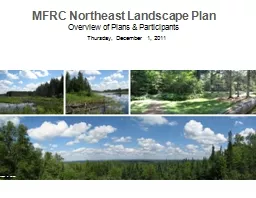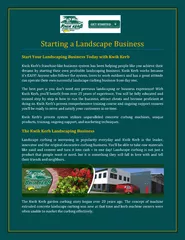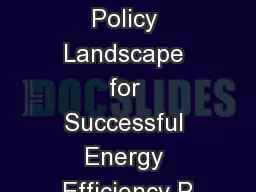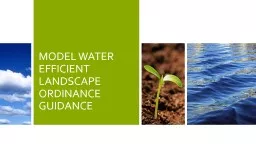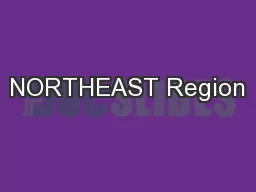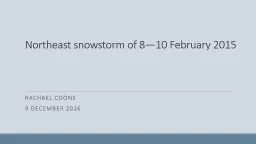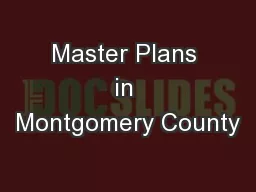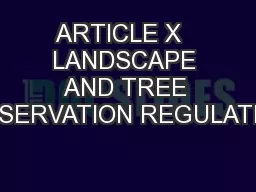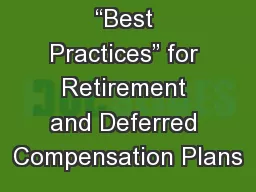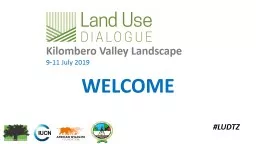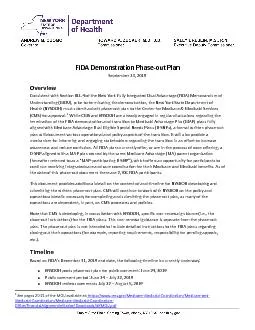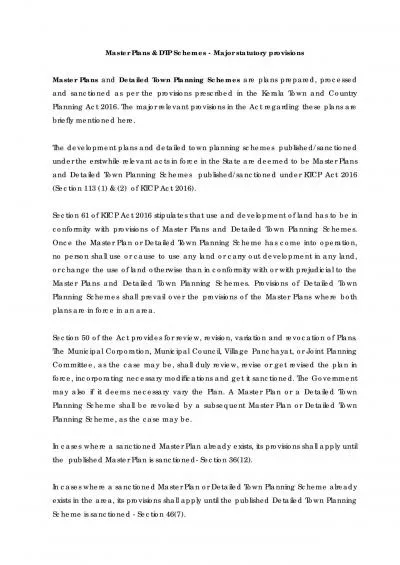PPT-MFRC Northeast Landscape Plan Overview of Plans & Participants
Author : min-jolicoeur | Published Date : 2019-11-01
MFRC Northeast Landscape Plan Overview of Plans amp Participants Thursday December 1 2011 images c zerger Who we are Subtitle Carissa Schively Slotterback PhD AICP
Presentation Embed Code
Download Presentation
Download Presentation The PPT/PDF document "MFRC Northeast Landscape Plan Overview o..." is the property of its rightful owner. Permission is granted to download and print the materials on this website for personal, non-commercial use only, and to display it on your personal computer provided you do not modify the materials and that you retain all copyright notices contained in the materials. By downloading content from our website, you accept the terms of this agreement.
MFRC Northeast Landscape Plan Overview of Plans & Participants: Transcript
Download Rules Of Document
"MFRC Northeast Landscape Plan Overview of Plans & Participants"The content belongs to its owner. You may download and print it for personal use, without modification, and keep all copyright notices. By downloading, you agree to these terms.
Related Documents

